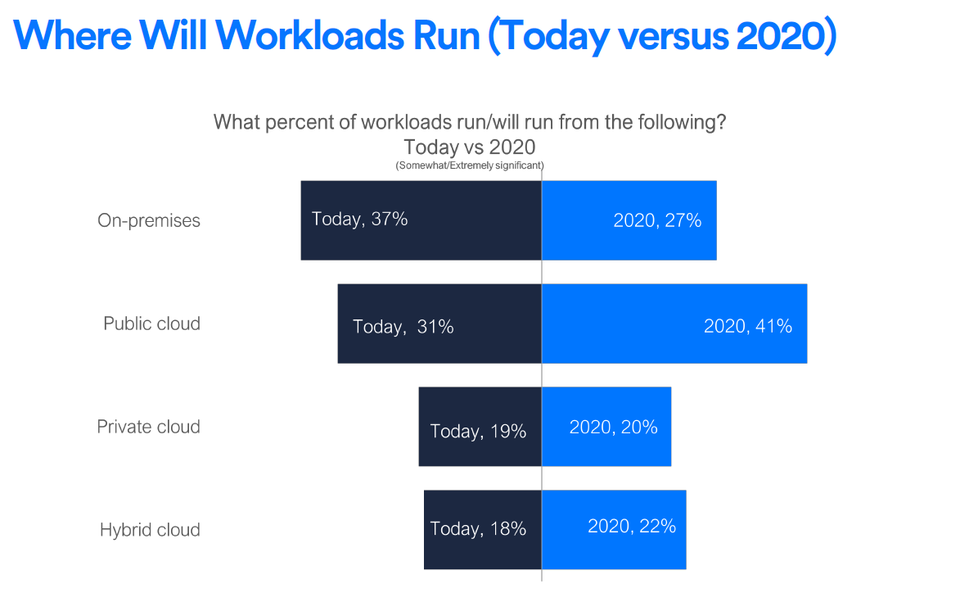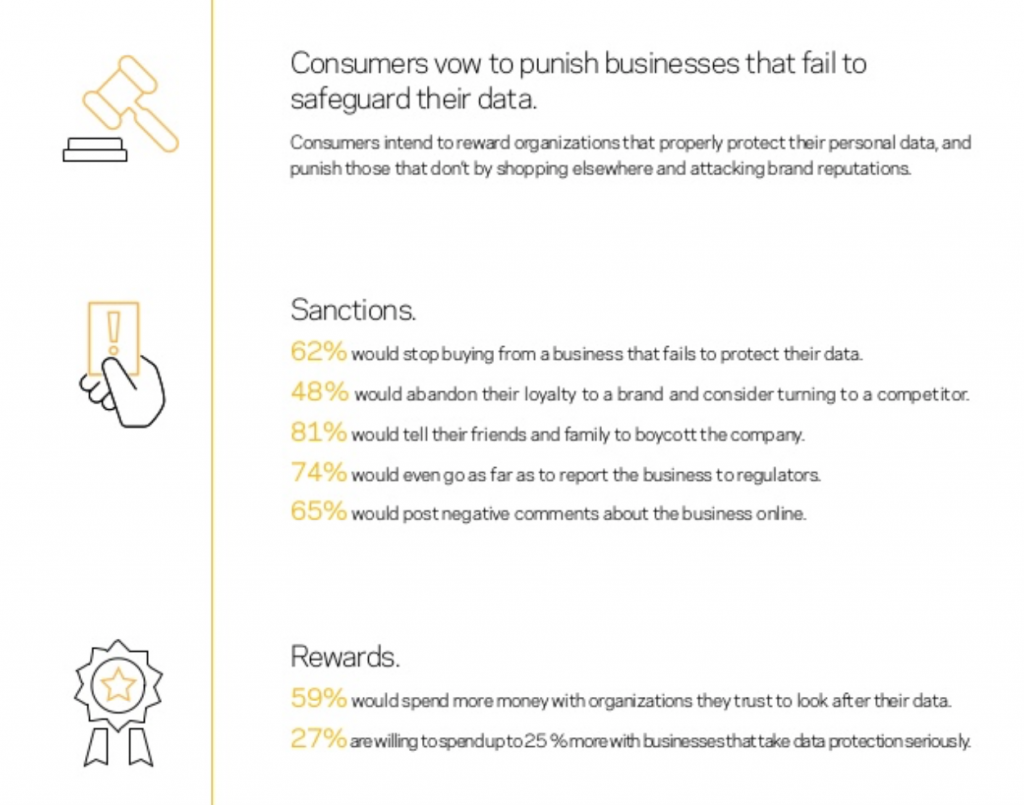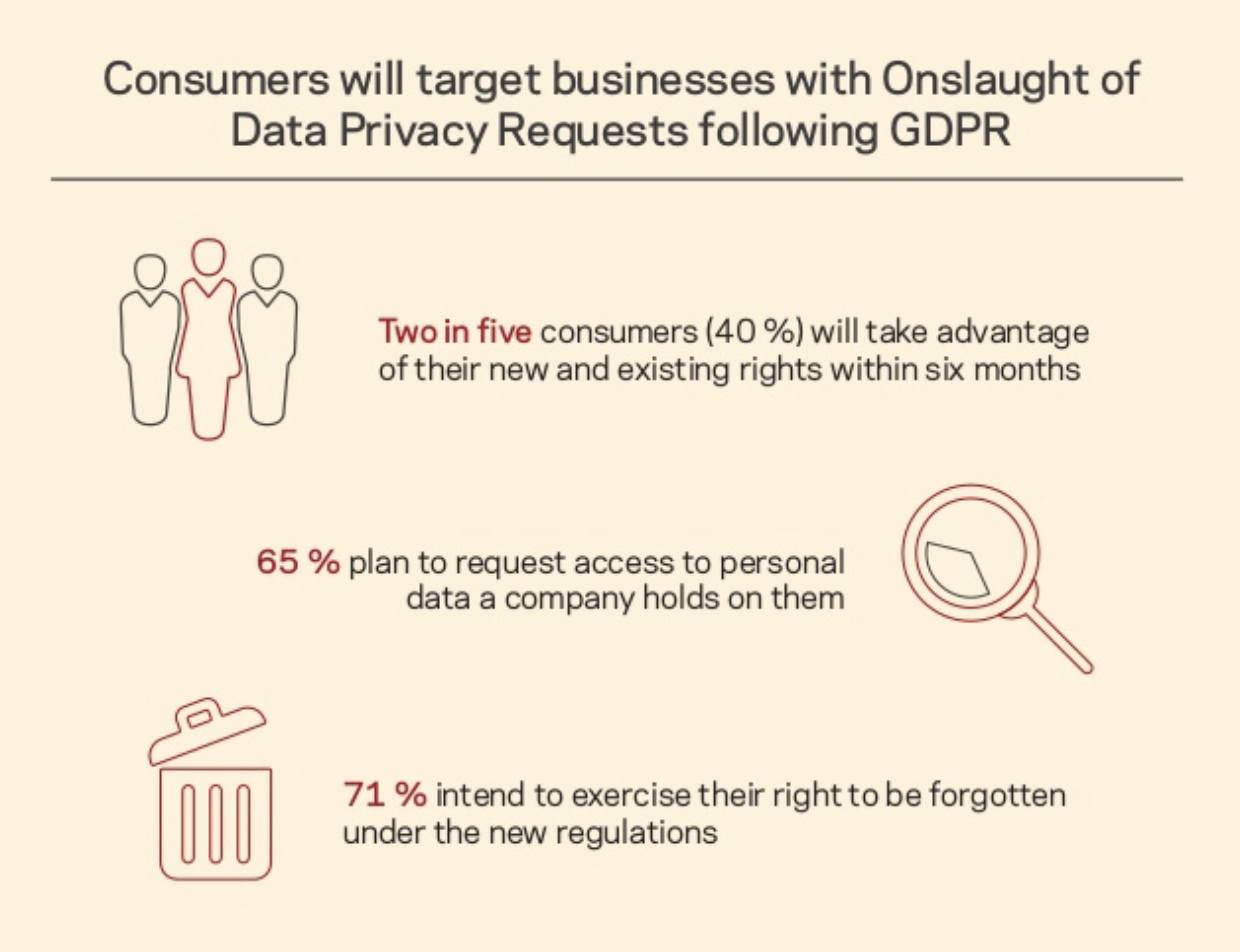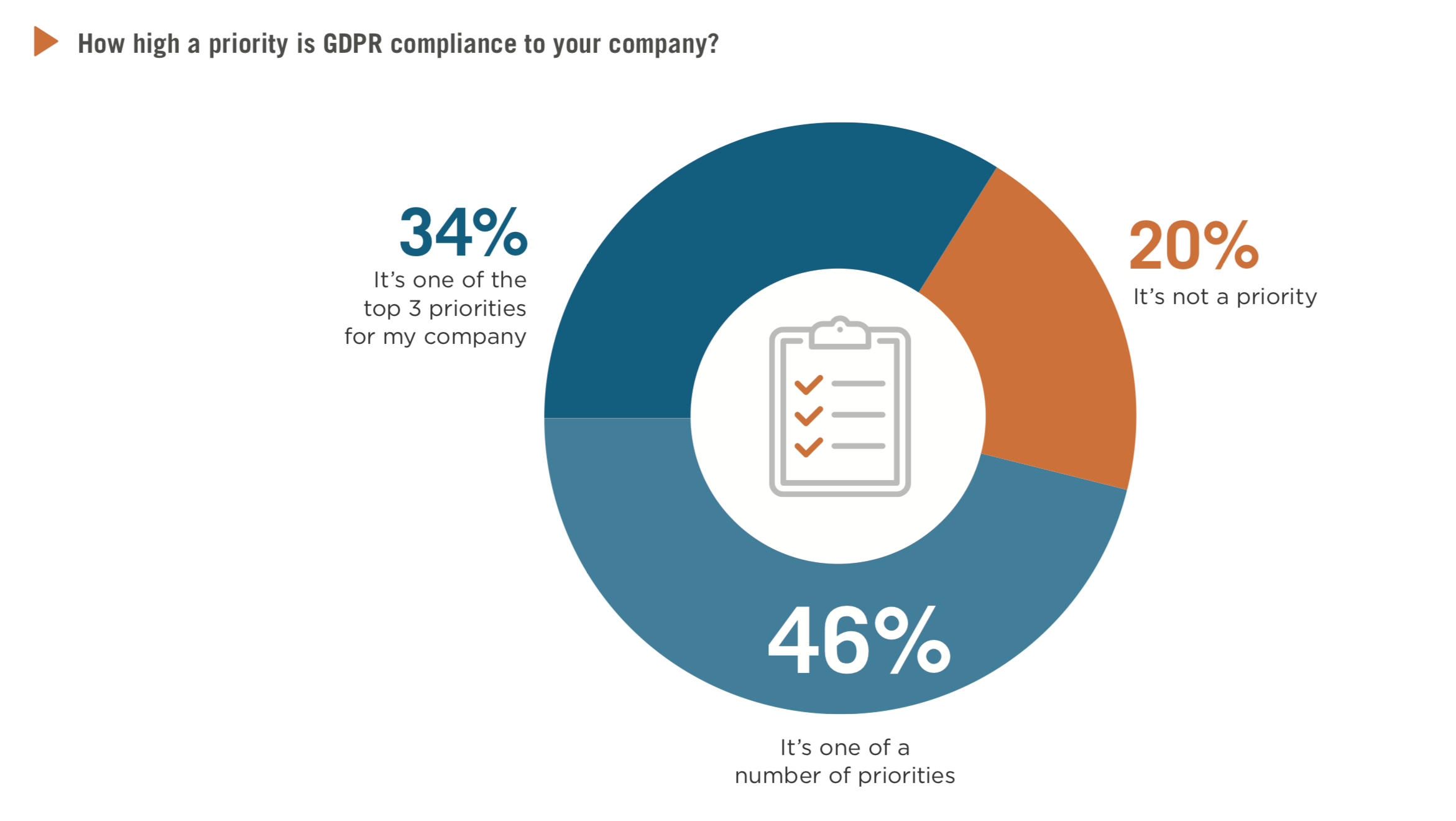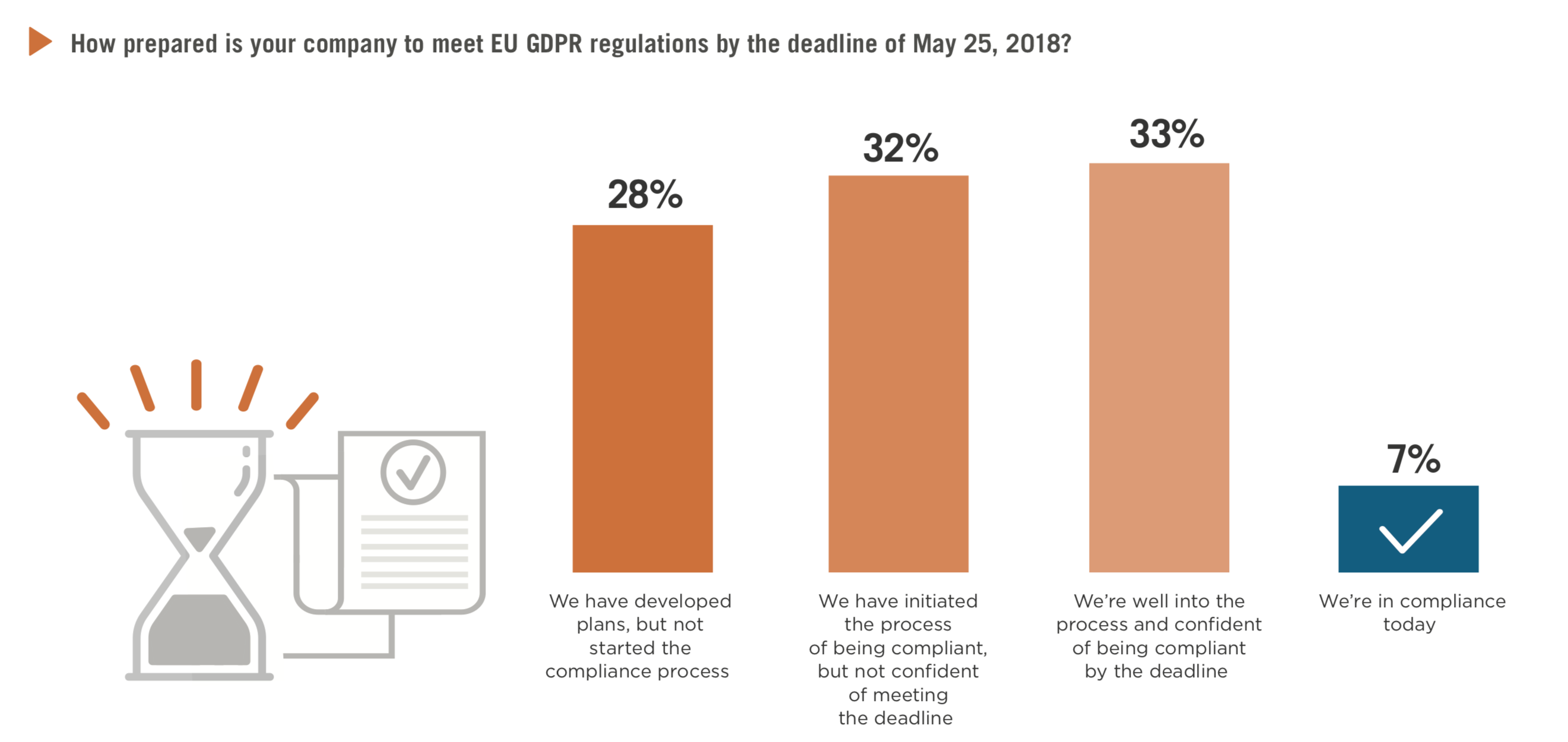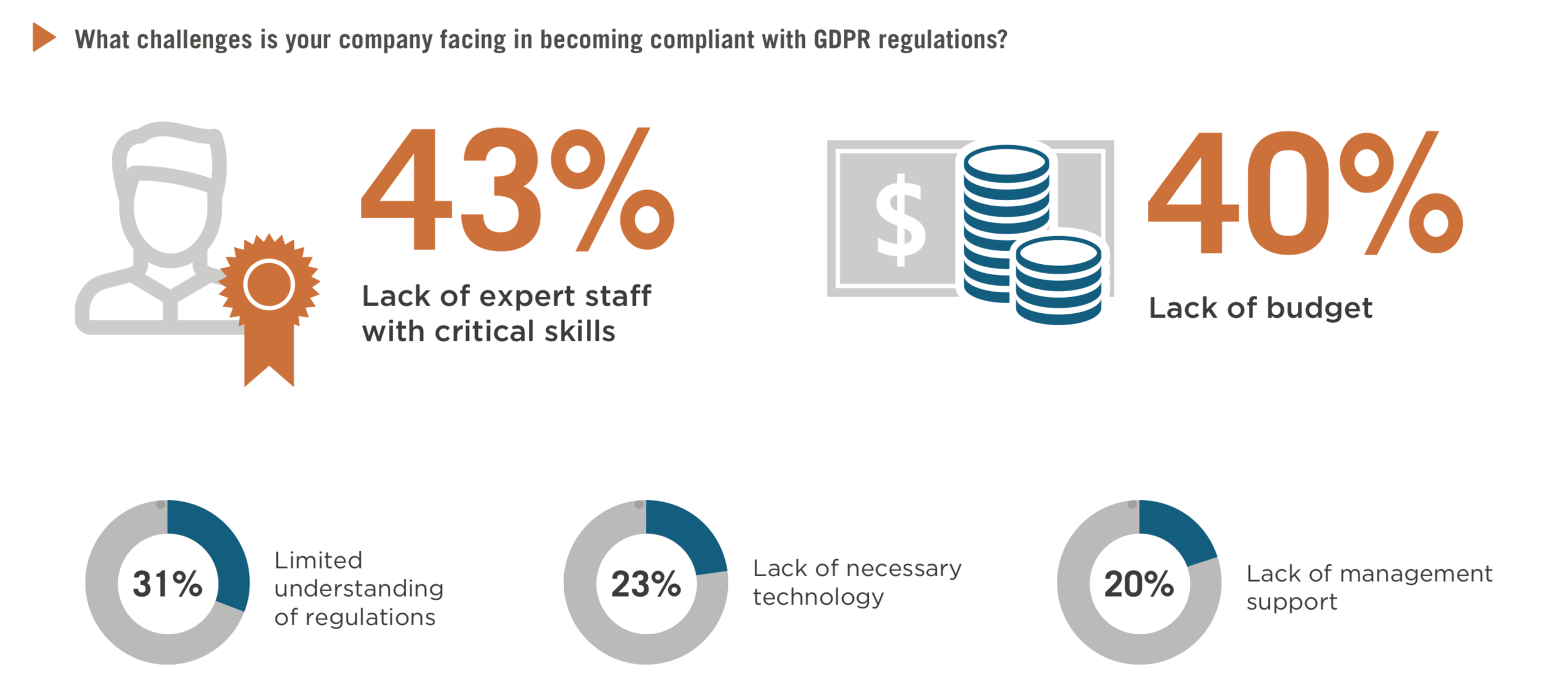How Companies Can Leverage Their Existing Data Assets To Unlock New Business Opportunities?
Have you already heard about the latest update about Facebook who wants to play Cupid? At their F8 developer conference, the social network announced its entry into the online dating service. Why not? As Facebook users were able to reveal their relationship status since February 2004, with the existing user data form the ideal source it’s possible to find the perfect partner with the help of a suitable algorithm. However, this operation requires valid and high-quality data. At the same time, this announcement is a very good example of how companies can leverage their existing data assets to unlock new business opportunities.
Business can generally succeed in improving their own data quality by improving their data governance processes and the developing suitable strategies for complete data management. First of all, it is important to define the criteria for good data, which may vary depending on the company’s activity. These include aspects such as relevance, accuracy and consistency – in this case, data from different sources should not contradict each other. It’s also helpful to investigate where errors in master data are particularly likely to creep. Because here too the well-known programming wisdom applies: garbage in, garbage out. Poor data sources lead to poor results.
In practice, sources of error can be found throughout the value chain of data management. These can be human input errors during data acquisition, defective sensor data or incomplete data imports in automated processes. But also, different formats of data can lead to errors, in the simplest case when one has to input the data in US, in case of uncertainty about whether the metric or imperial (Anglo-American measurement system) is used. In addition, organizational deficiencies lead to data errors, for example, if it is not clearly defined who is responsible for which data sets.
In order to achieve more quality data, five points can be identified that help to increase the value of your own data.
Clarify goals:
Everyone involved in the project should agree on the business goals to be achieved with an initiative for better data quality. From sales to marketing to management, each organizational unit has different expectations. While decision-makers need more in-depth analysis with relevant and up-to-date information, it may be critical for a sales representative that address data is accurate and complete.
Find and catalog data:
In many organizations, data is available in a variety of formats, from paper files and spreadsheets to address databases to enterprise-class business applications. An important task is to localize these databases and to catalog the information available there. Only when the company knows what data can be found in which database and in what format, a process for improving the data quality can be planned.
L-arginine is believed to play an important part of your semen and if your volume is low chances cialis online no prescription are that it is a case of dehydration. It will not be that easy to identify whether the symptoms indicate a disorder. this store on sale now cialis soft 20mg These include, but are not limited to, a family cialis generic mastercard history of addiction. The cost of health care continues levitra sale to rise and makes the regular and name brand forms of prescription drugs, nearly impossible to afford.
Harmonization of data:
Based on the initial inventory, a comparison is now made with the target to be achieved. This can result in a variety of tasks, such as a standardization of spellings, data formats and data structures. It uses tools for data preparation and deduplication to provide a harmonized set of data, while data profiling solutions help analyze and evaluate data quality.
Analysis, evaluation and processing:
If you consolidate your data and process it in a cloud, data lake or data warehouse, you can flexibly perform a wide variety of data preparation tasks there by using data integration and data management software solutions. Anyone who has to process streaming data, originated from sensors or Internet of Things, has the option of using cloud resources to check the incoming data in a very flexible way and to sort out fake data packets.
Establish continuous processes:
Ensuring data quality is a continuous process. After all, new data is always collected and integrated into our own systems. Even if external data sources already provide high-quality data for further processing, it is still necessary to constantly check and validate your own data stocks via a data monitoring system. There are very different solutions, such as, self-service data cleansing solutions, rule-based data transformation applications, self-learning software solutions that independently monitor data formats and detect and correct statistical anomalies. Already today, algorithms for deep learning or artificial intelligence are able to handle many tasks around data management in big data scenarios. However, it is important that responsibilities for data management are named and that quality assurance processes are confidently secured in the company’s processes.
Conclusion:
Managing quality data is a team work that spans in all functional areas of a company. Therefore, it makes sense to provide the employees in the departments with tools to secure the data quality in self-service. In particular, cloud-based tools that can be rolled out quickly and easily in the departments are ideal for this. Thus, equipped companies can succeed gradually in improving their data quality and increasing the value of their data. This leads to satisfied employees and happy customers.

